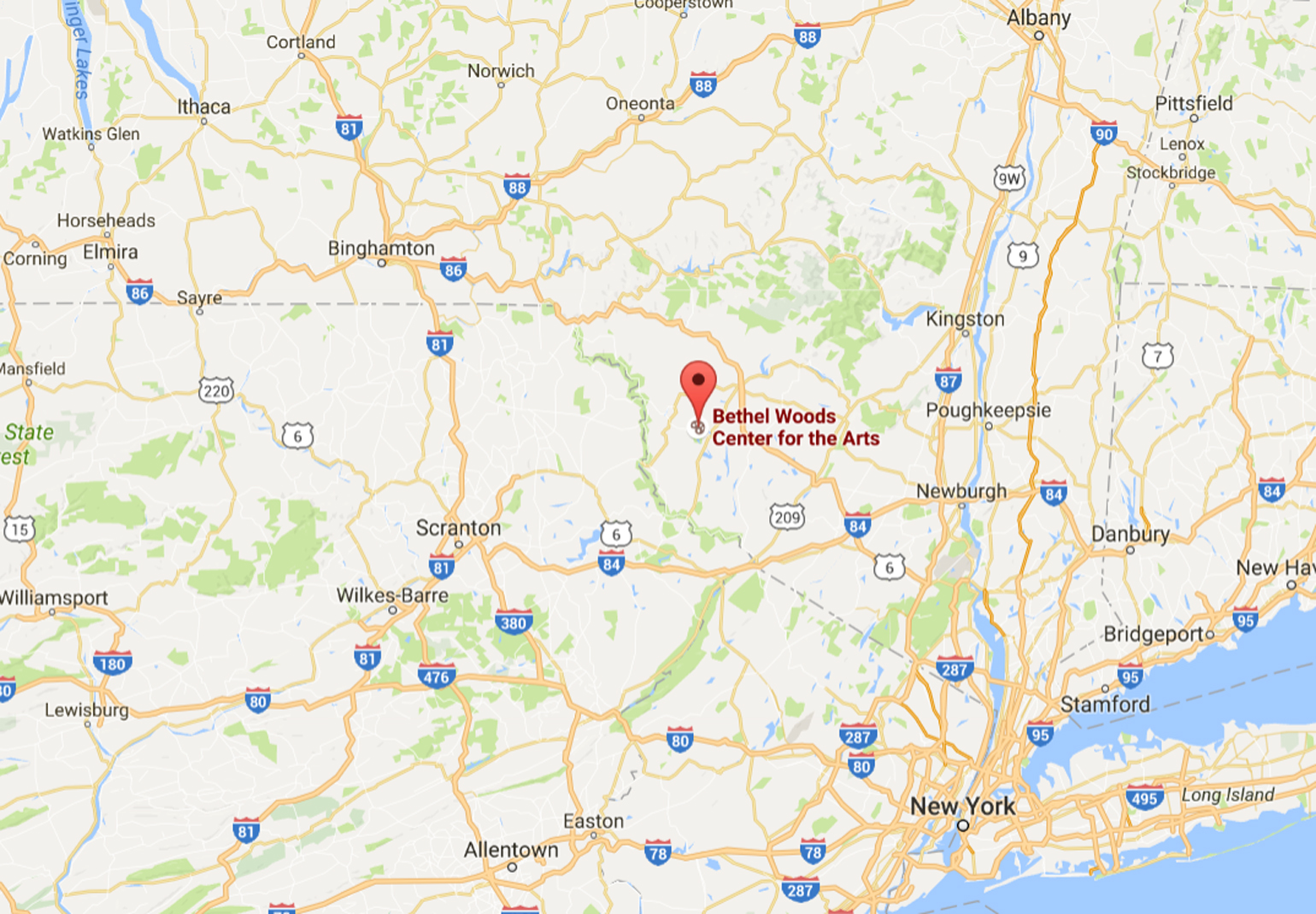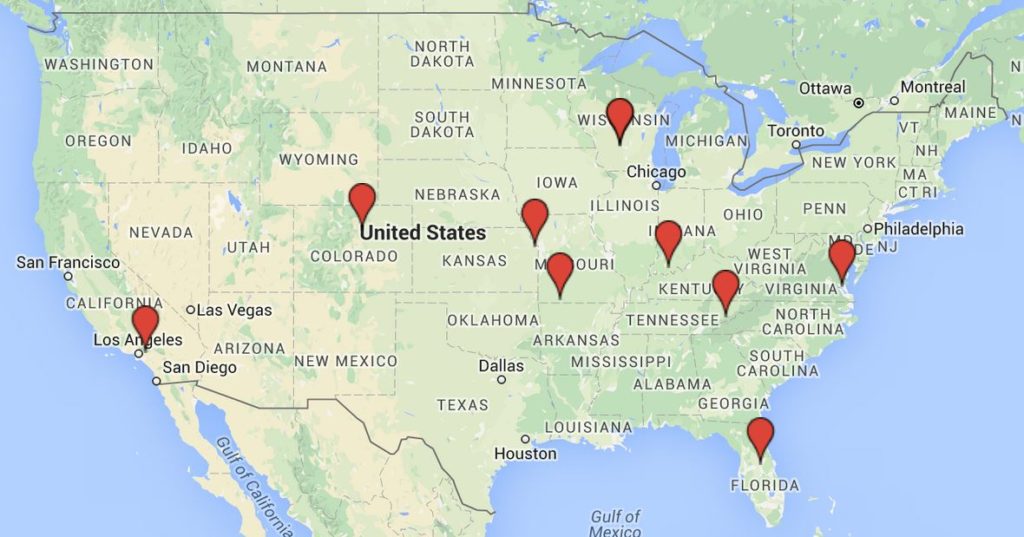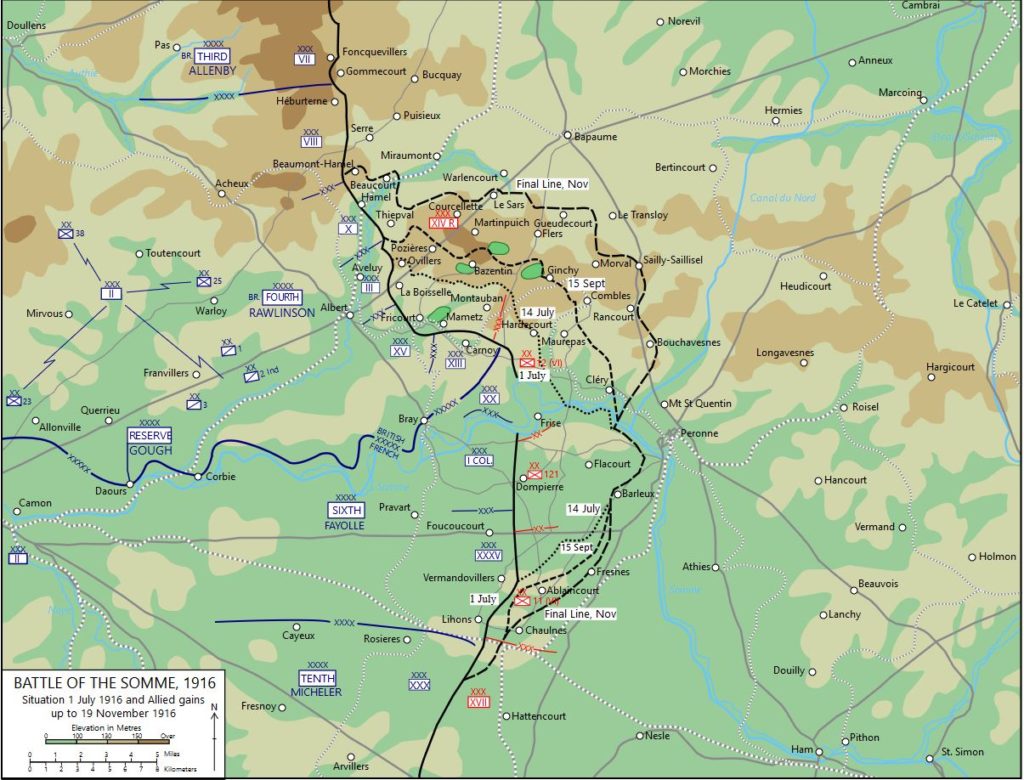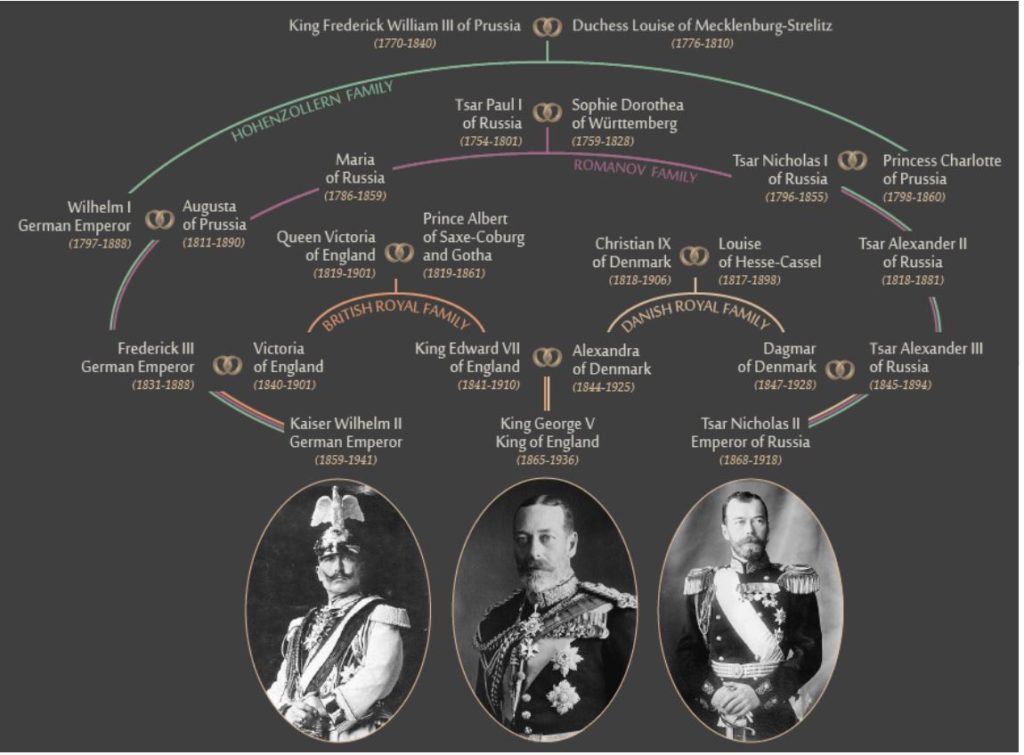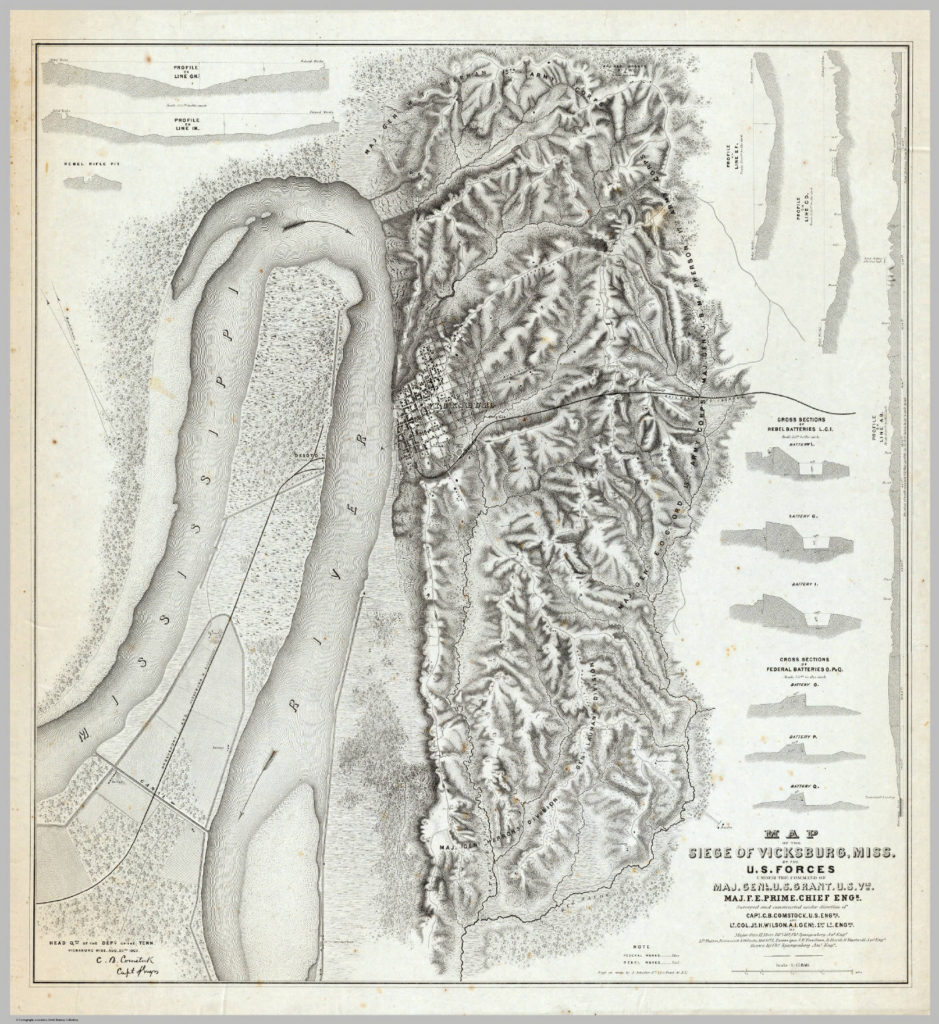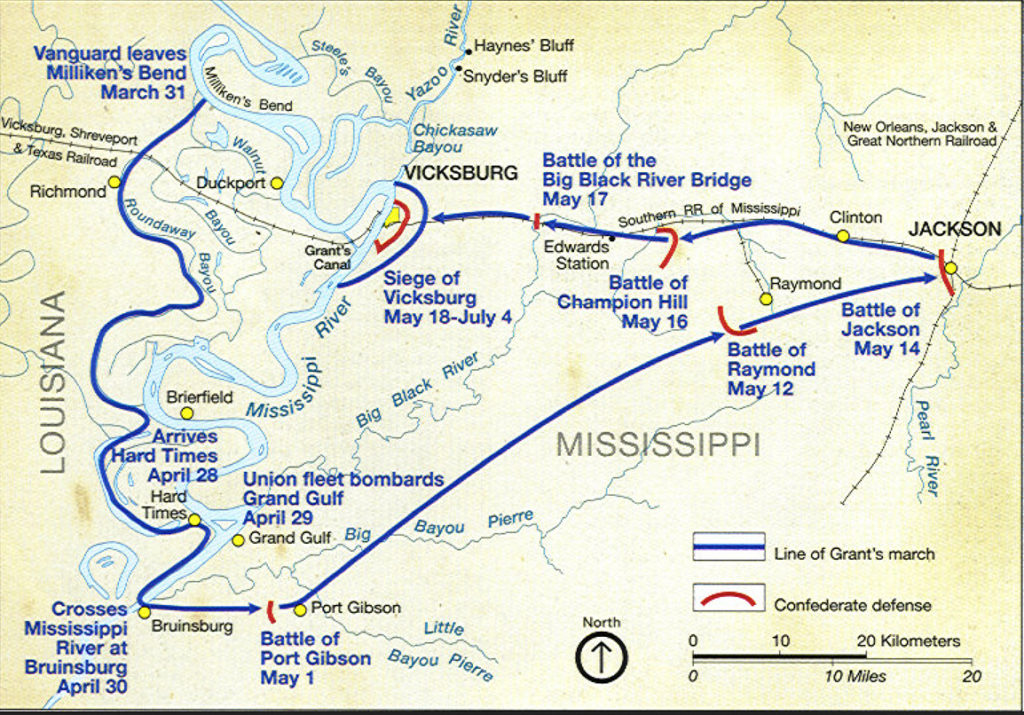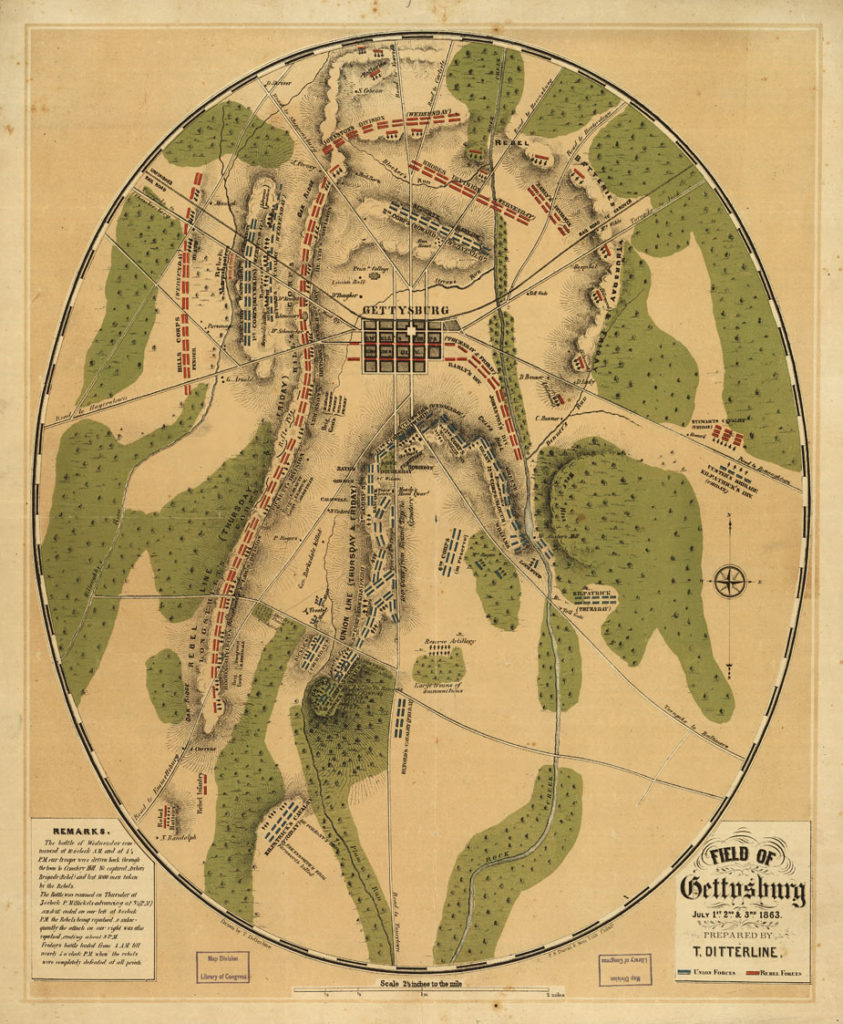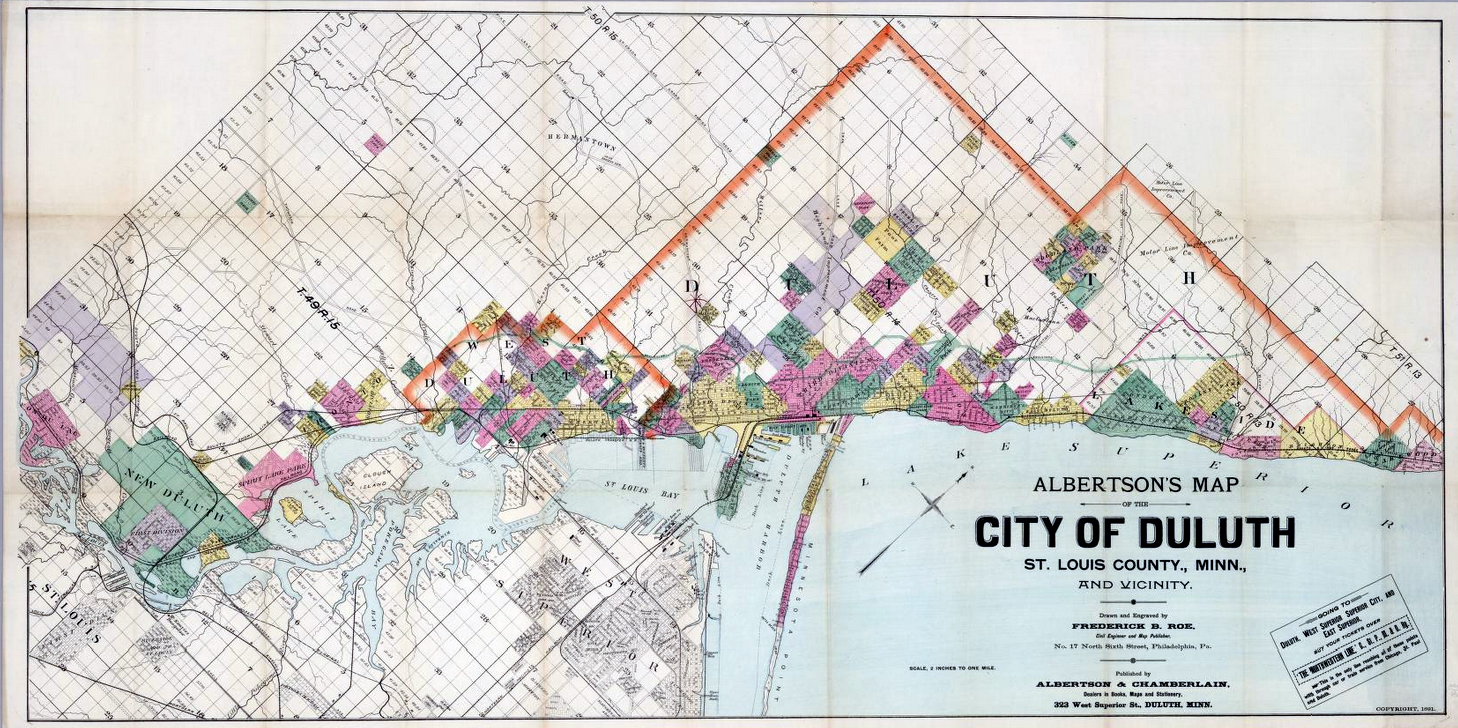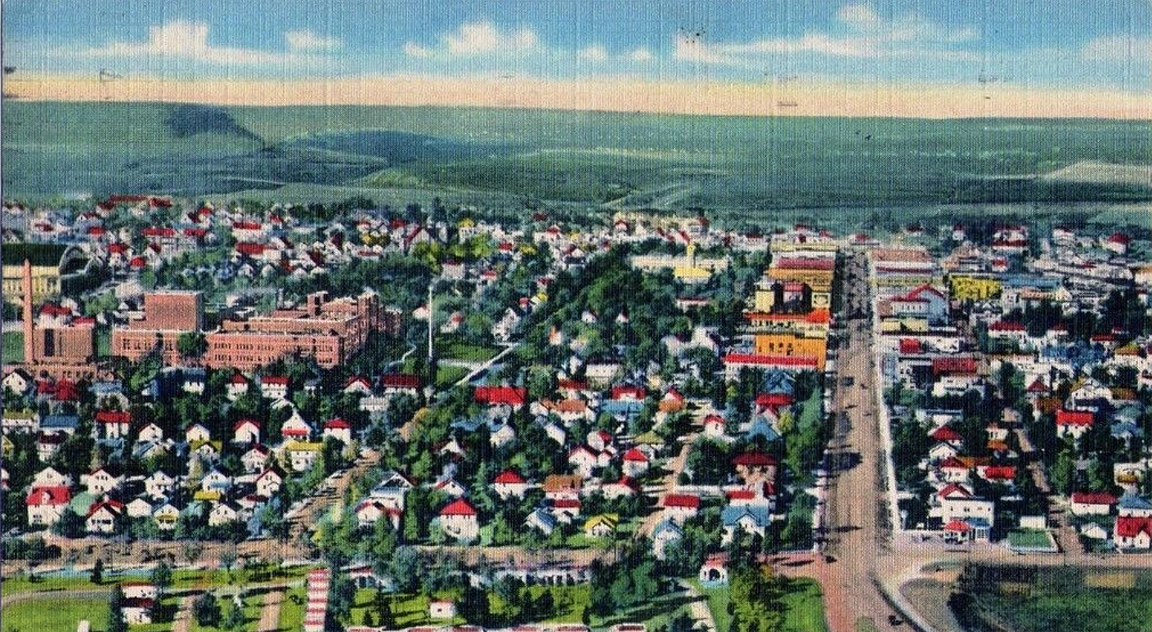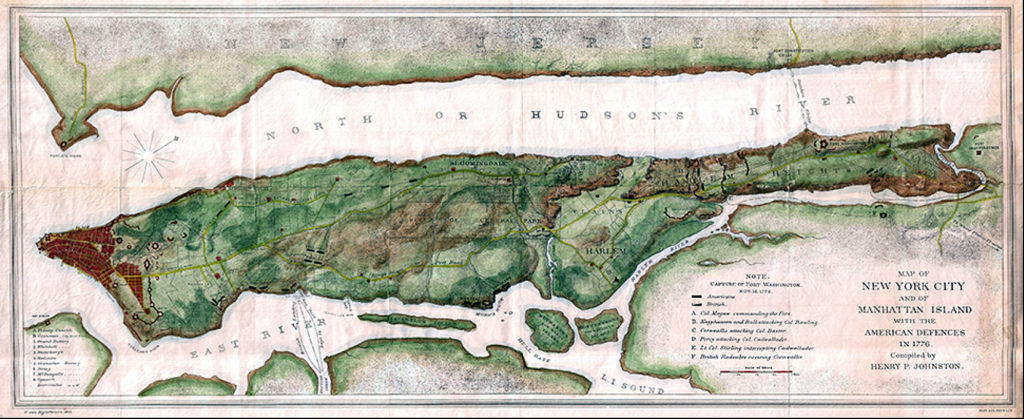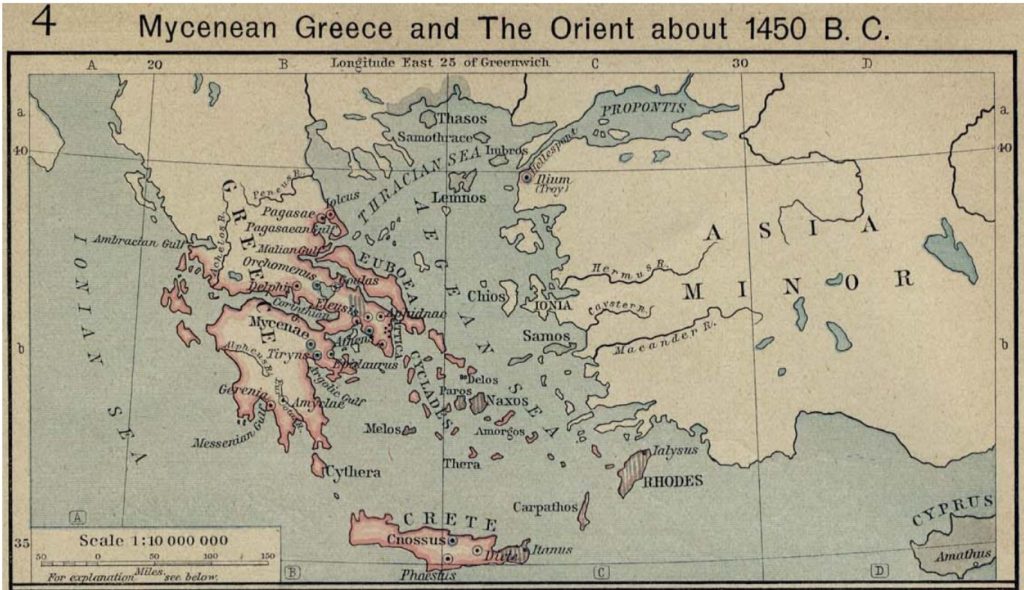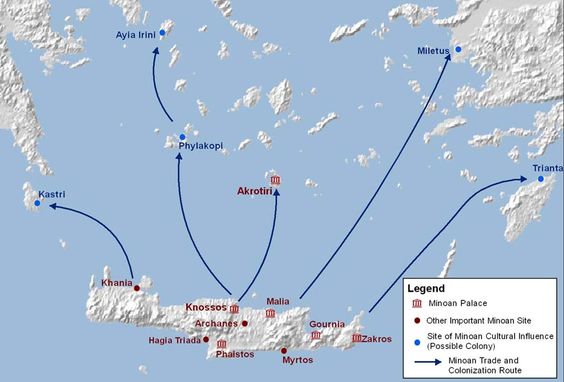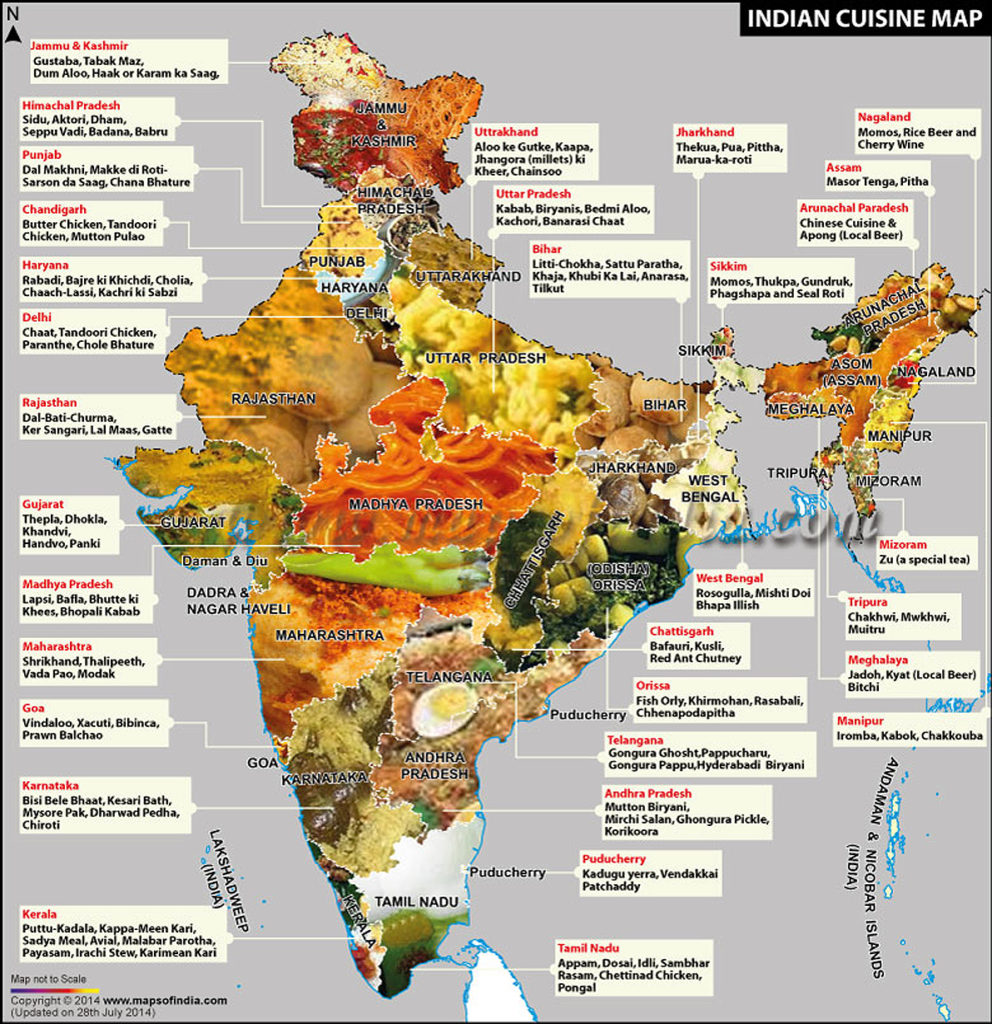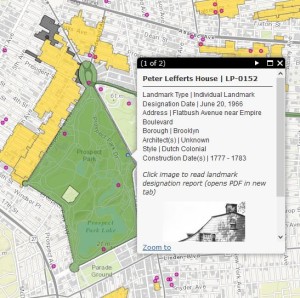Woodstock Festival 1969 – Monday Map
Woodstock’s Three Day’s of Peace and Music
Actually it took place some 50 miles from Woodstock, NY, near the town of Bethel. The site is currently occupied by the Bethel Woods Center for the Arts.
My own Woodstock memory comes ten years after the fact.
I was a freshly minted young adult when I attended the midnight movies on Hollywood Boulevard, in Los Angeles, California, to see the film Woodstock, some weeks before the official 10th anniversary was about to take place.
As I waited in line I was befriended by an older guy, with long hippiefied hair and a mustache partially hiding the fact he was missing his two upper front teeth. He claimed he had lost them at Woodstock and that he has a brief cameo in the documentary. He also provided me with various hippiefied things we could ingest to increase the mood of the event.
We sat in the front row of what was my first of many viewings of this iconic film. And indeed, he appeared on the screen, 10 years younger but recognizable.
That next day I was off to the Hollywood Bowl to see a very special concert. I had won tickets on the radio, when I had called up to request a song. Knowing no one in LA that could go, I went alone – without sleep, since I was still soaring from the stimulating night before.
The concert was the first major event that would lead to the “No Nukes” concerts that took place around the U.S. in the coming months.
Being August in LA, I stopped at the Safeway where Hollywood and Sunset meet, to get some fresh fruit and as much water as I could carry, and took the bus to the concert.
As a ticket winner I was allowed in early, and was amazed to see my current hero, David Lindley in person, on stage, doing a sound check with Jackson Browne. I rushed down the sundrenched aisle and accidentally bumped into a woman who had suddenly risen from a chair and started heading up the aisle. I stopped and grabbed her by the shoulders to steady her and to apologize, to Joan Baez.
There she was, looking into my wide eyes with the dilated pupils, the same woman I had seen 12 hours earlier, very pregnant and ten years younger, sending out an a cappella “Sweet Home Sweet Chariot” thundering over the midnight hills and midnight movie like a Valkyrie priestess. And thus the most profound and seriously enjoyable time trip ensued.
Graham Nash and John Sebastian also appeared, also ten years older than I had seen them a few hours before. I sank into my box seat and soaked up the heat and fruit and water, never sure if the quivering waves before my eyes were from the heat or hippified ingestiments.
This was primarily small and acoustic performances. There were no big speakers or large bands. The closest being Maria Manchester, who was joined by her father and brother and others, playing the oboe and cello as I recall.
Peter, Paul, and Mary were the real headliners, but the single most impressive performance came from John Denver, of all people, who took advantage of the acoustics to step out in front of the microphones and simply blow everyone away with his own a cappella vocal prowess.
Ten years on, the spirit the pervaded the Woodstock was still very much alive and well in 1979, despite the fact the radio and Hollywood and Sunset were full of disco queens of both sexes by this time. And my identity remained rooted very much in the social-political idealism of Woodstock and the No Nukes movement pretty much to this very day.
Peace
